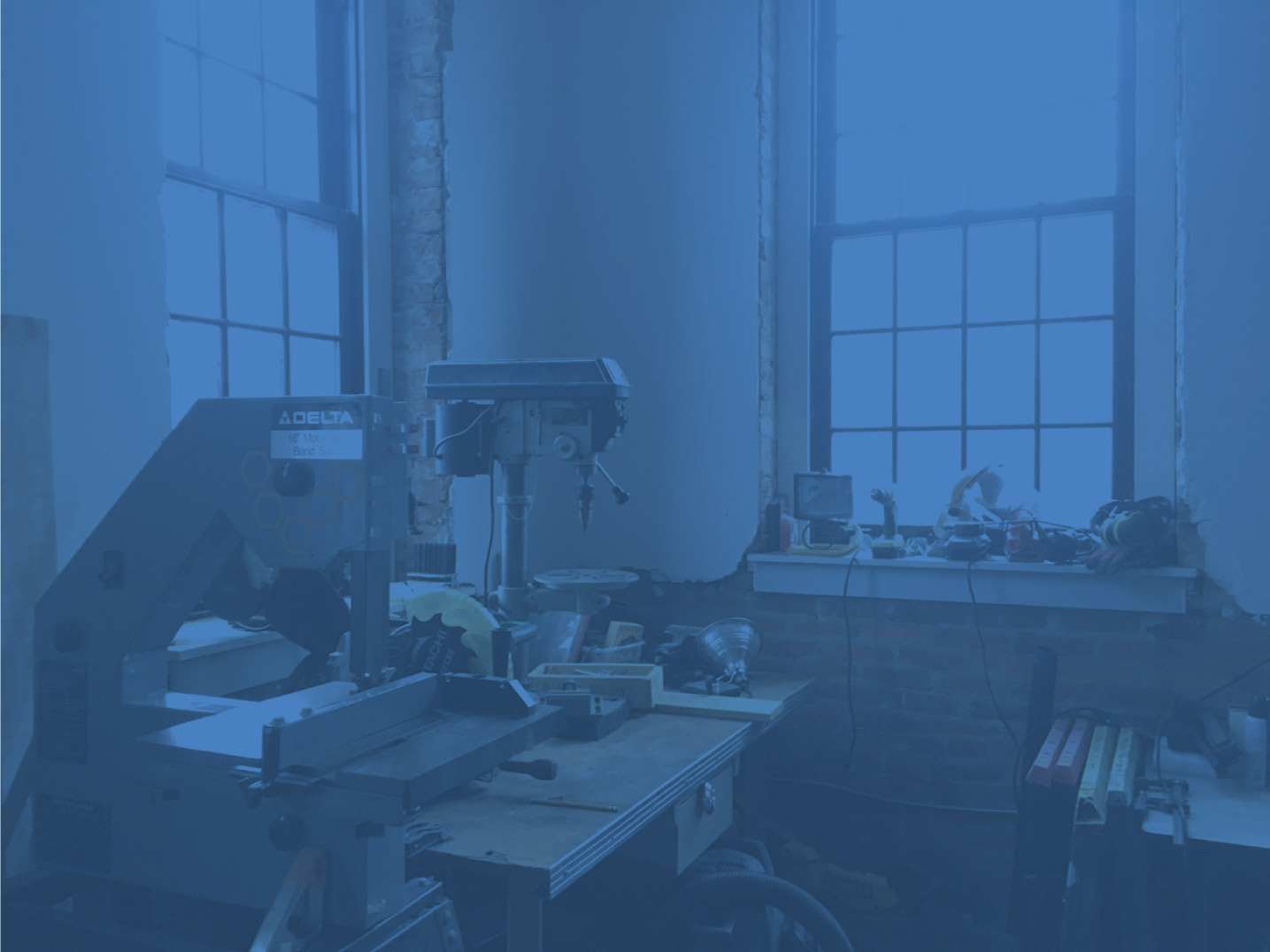

At Hive, we spent part of this summer making a bunch of cast-resin 3D printer parts. So instead of printing these parts up as we’d normally do, we made molds out of silicone mold material, and then filled these molds with resin whenever we wanted a new set.
The materials for this are cheap to acquire and easy to handle – some kind of resin (e.g. Smooth-On 326), and also material for making the silicone masters into which the resin is poured. We used Oomoo, but there are other materials out there. Other than that, you need standard stuff: mixing containers and mixers, napkins, etc.
Why would we do this? Well, in theory it’s easy and cheap if you can do it right, or if you aren’t too hung up on quality. And the parts end up looking extremely cool, especially if you use some tinting in your resin mixture. We created a couple parts sets with this tinting, which looked amazing.
However, we did run into some problems. For example, if you don’t have very elite molding skillz and materialz, you end up having to finish all the parts manually – this means deflashing, and also drilling the dozens of holes that your printer’s rods, bolts, and screws will go into. This takes a lot of time, and is very tough to do correctly. You also run the risk of breaking the parts when you drill them, which means… more molding. There are lots of other things to deal with too – what do you do if one of your master molds breaks? How do you acquire high-quality original parts to base your molds on? Etc.
Interested in trying this out for yourself? Here’s the RepRap Wiki page on the subject, and I’ve also written a lot more about our experiences here.

